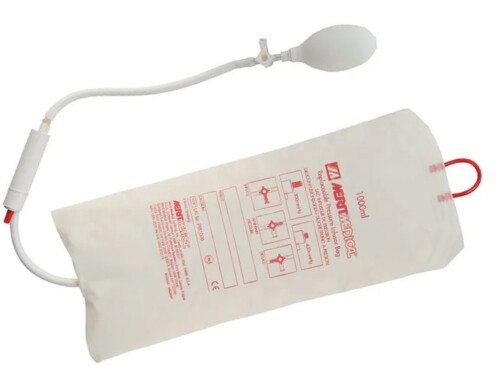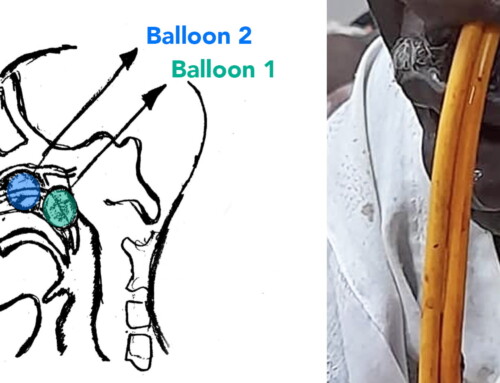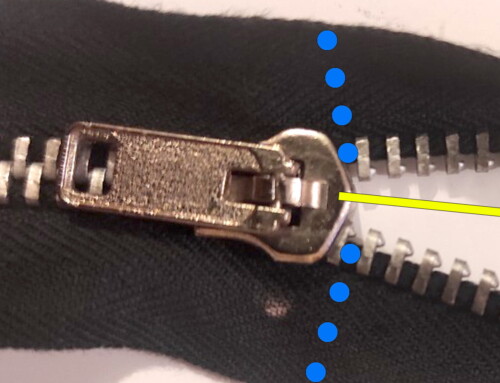 How often has this happened to you —
How often has this happened to you —
You are in the middle of a sterile procedure (chest tube, suturing, central venous line, lumbar puncture) and you realize that you need more lidocaine to provide better topical anesthesia. You don’t have any more in your kit and you are alone in the room with the patient.
“Uh, can someone help me out there?”
Trick of the Trade #1
Keep extra lidocaine around for your painful, sterile procedures.
It’s always when you don’t have any will you need it. This is especially true for lumbar punctures. Why DO they package such a small volume of lidocaine in the kit? I typically use the pre-packaged lidocaine (usually only 3 cc) only as a backup vial and instead start the procedure with 10 cc of lidocaine, which I’ve gathered from outside the kit.
Trick of the Trade #2
Tape a bottle of lidocaine (or bupivicaine) securely to a gurney edge or wall.
If you don’t have an assistant during your sterile procedure to hold the bottle up, create a setup so that you don’t need an assistant. Before donning your sterile gloves, clean the top of the bottle with an alcohol wipe. Tilt the bottle downward so you can draw up the entire contents, if needed. Secure it on a gurney handle or even a wall. Be sure to securely tape the bottle, because sometimes the bottle slips out when you are either puncturing or withdrawing the needle from the bottle. You can slit a second piece of tape into a Y-shape formation to help secure the main taping job. Check out the photos.

(top-down view of bottle on gurney handle)
Thanks to Dr. Kennedy Hall (UCSF-SFGH EM resident) for this tip.





